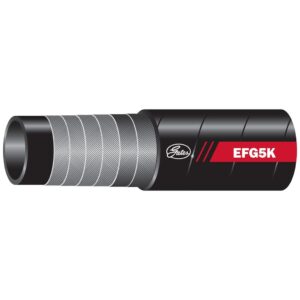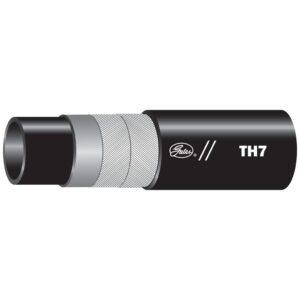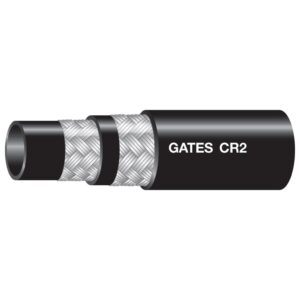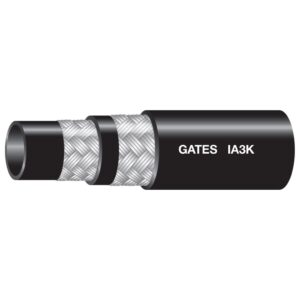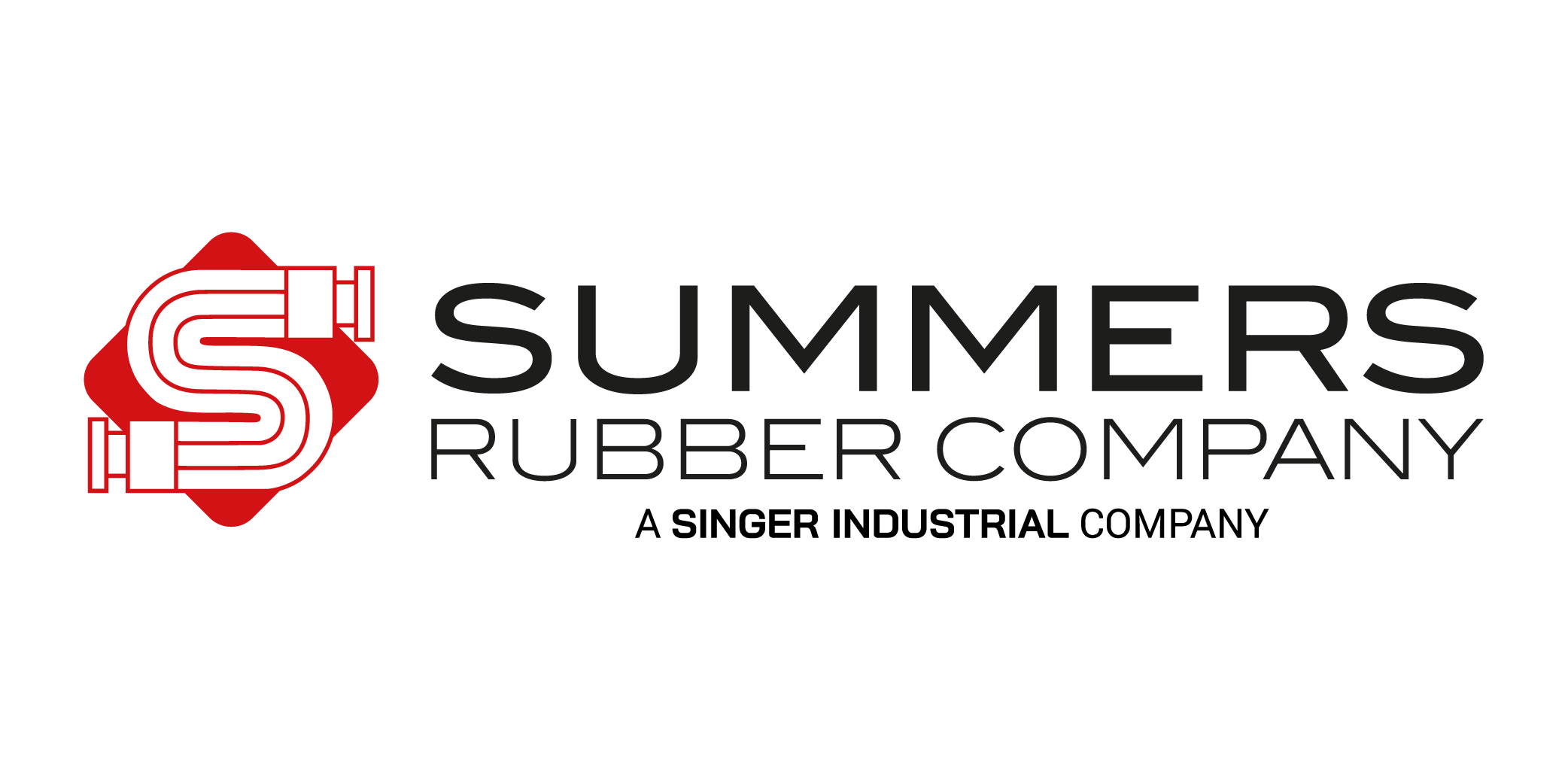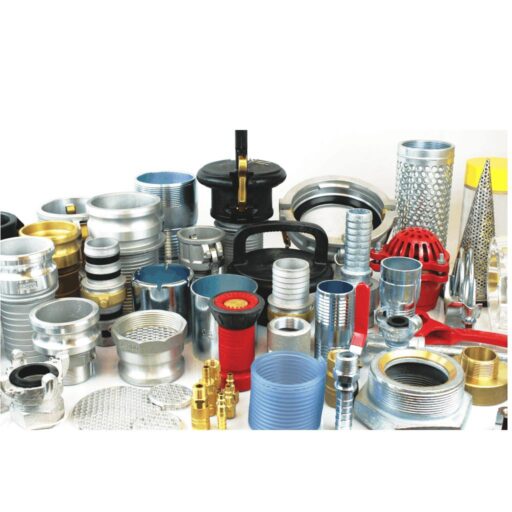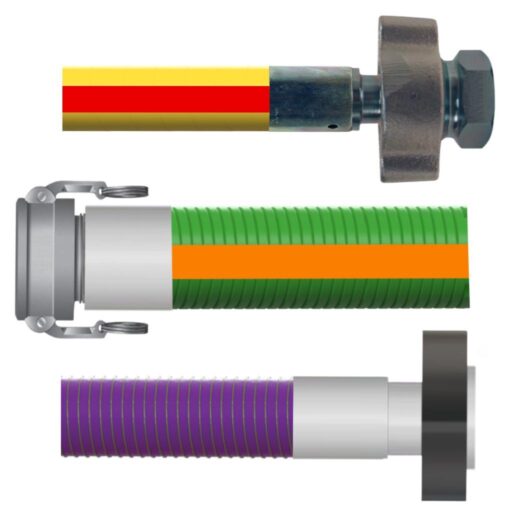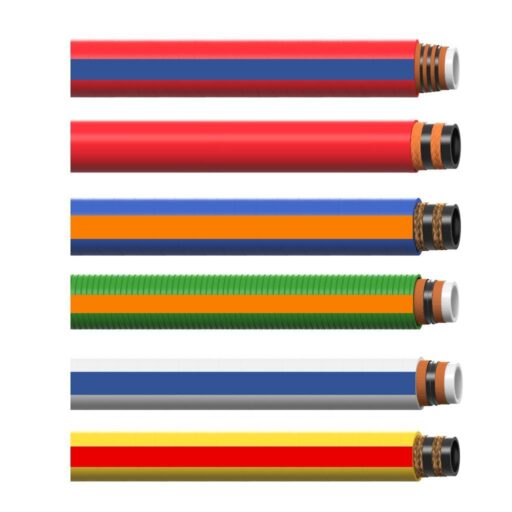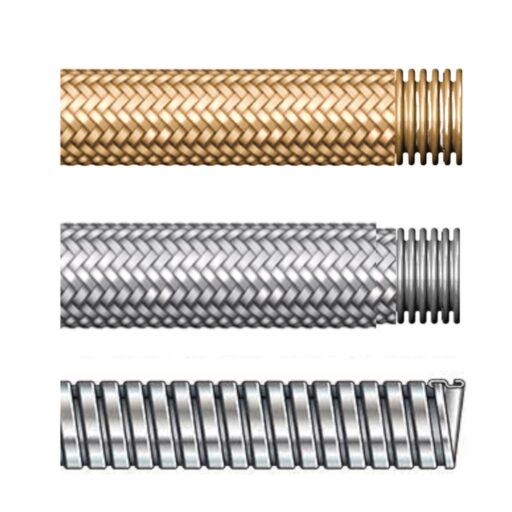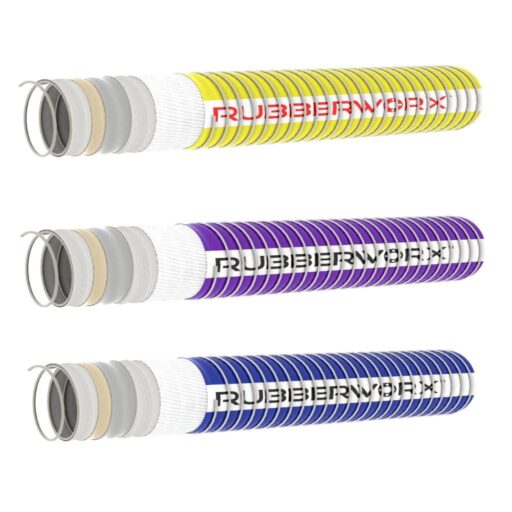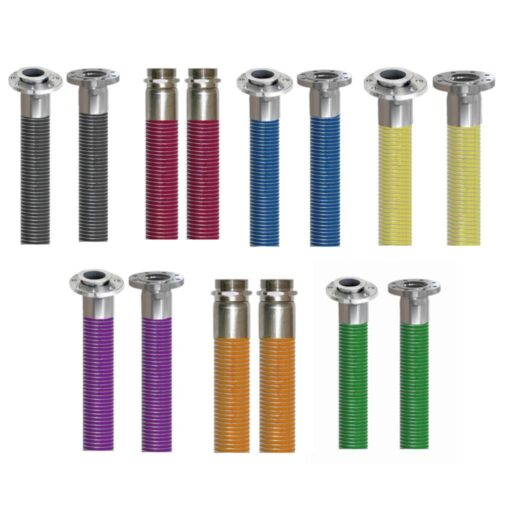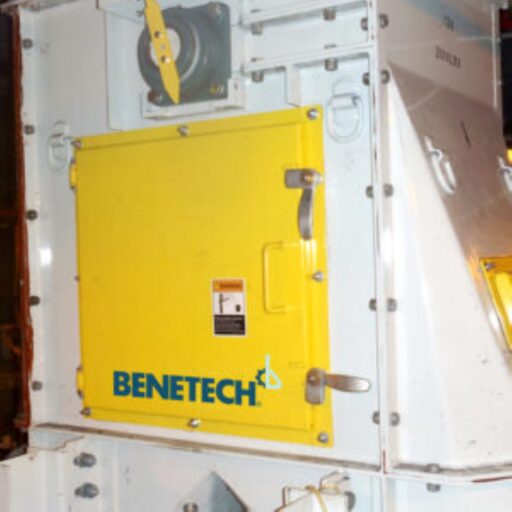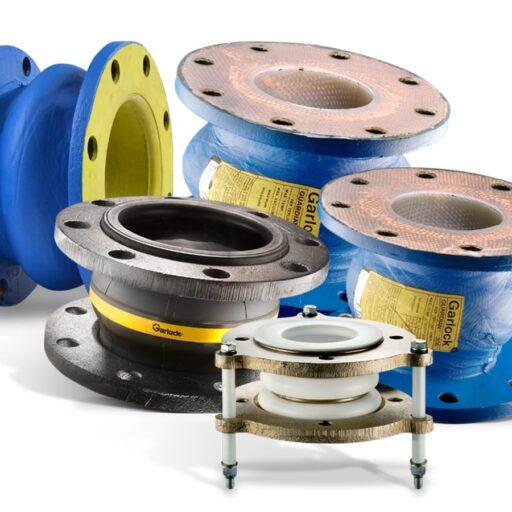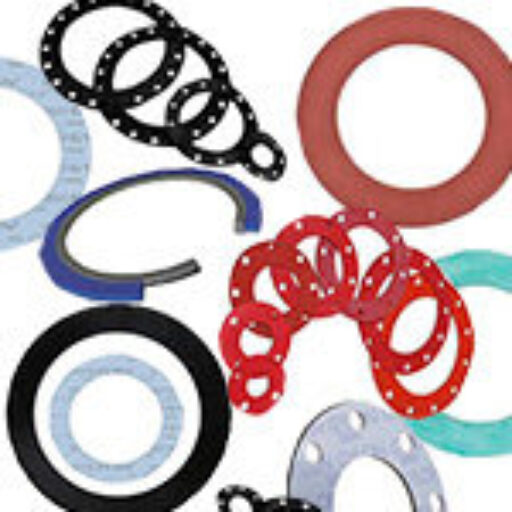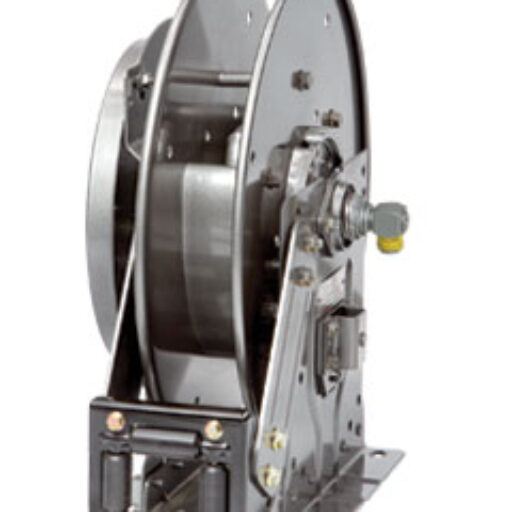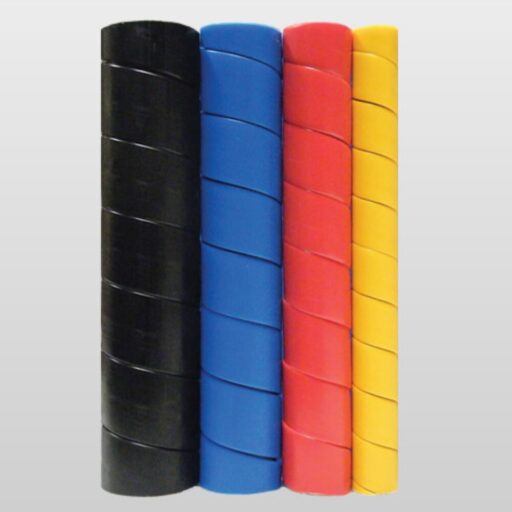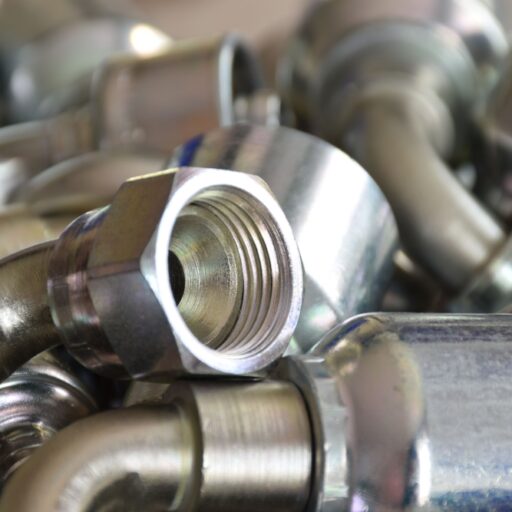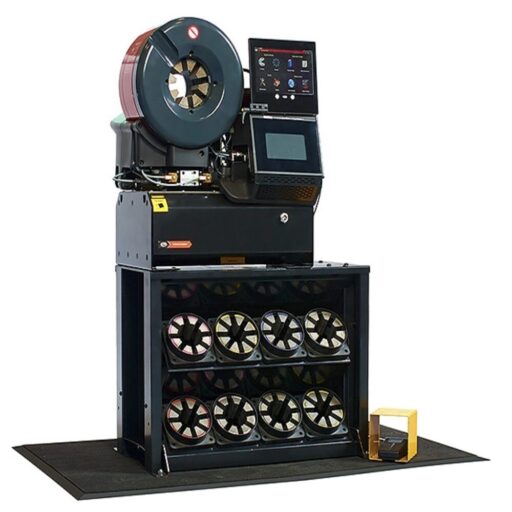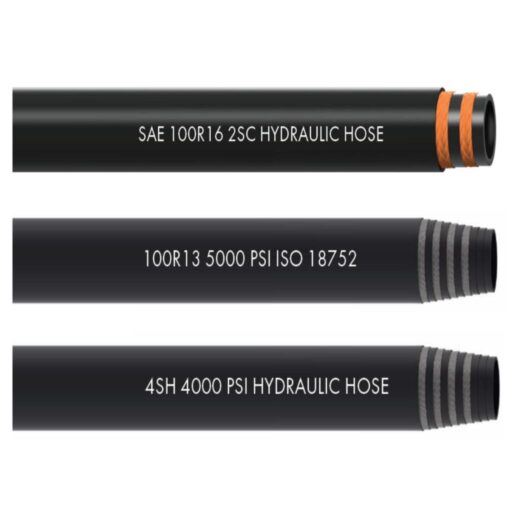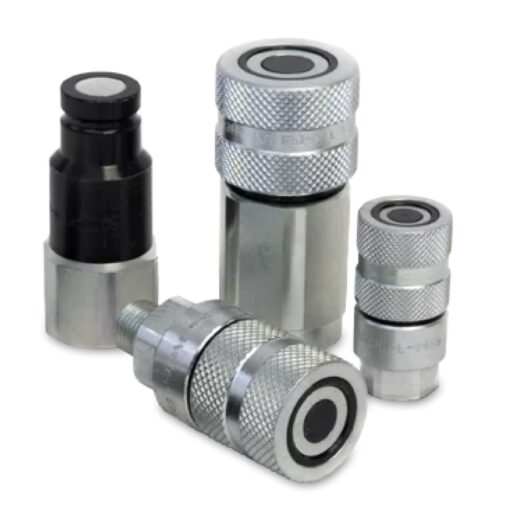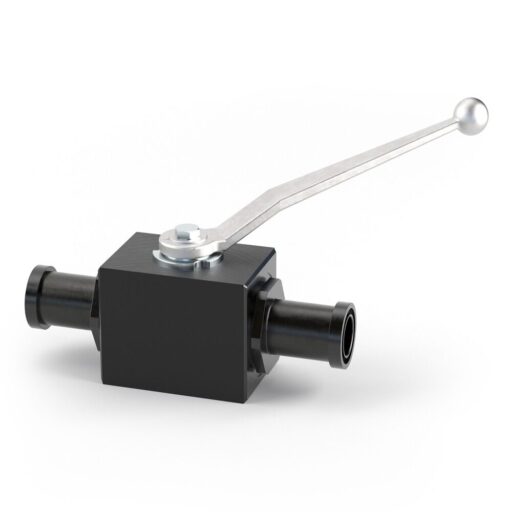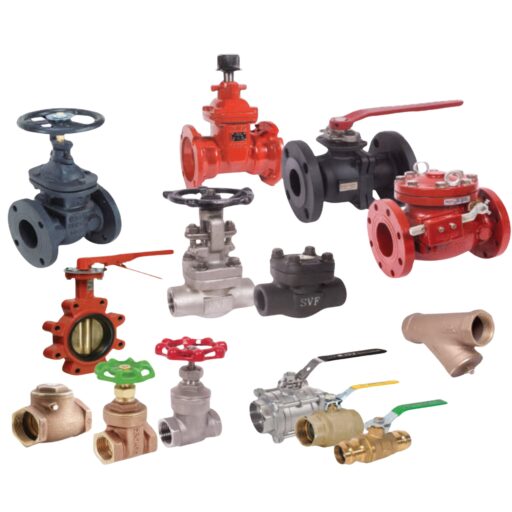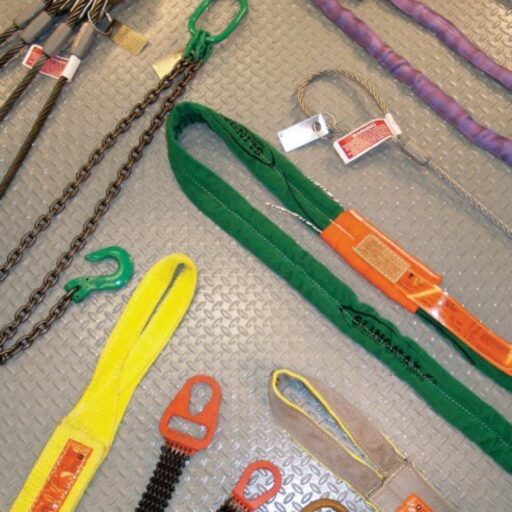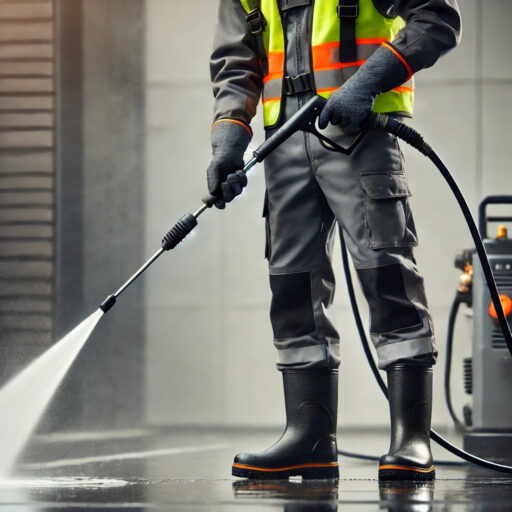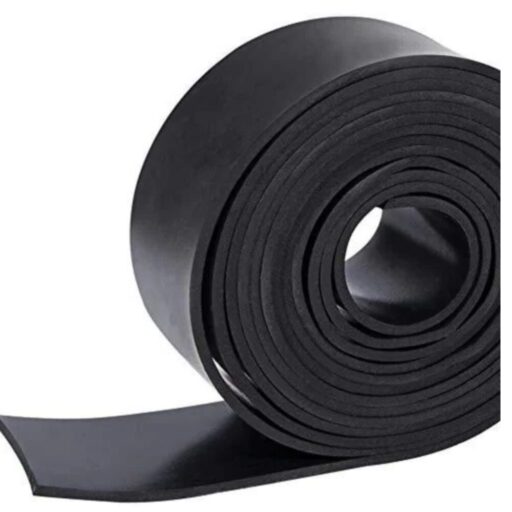S.T.A.M.P.E.D. Hose Identification Method
S: Size
Identify Inside Diameter (O.D.) | Outside Diameter (O.D.) | Overall Length (O.A.L.)
Identify the SIZE of your hose. There are 3 independent measurements relating to size.
- Inside Diameter, or I.D., is the primary measurement used in identifying a hose’s size. A ¾ inch hydraulic hose means the inside diameter of that is ¾ of an inch. Fittings that are used for a hose assembly will be identified by the same inside diameter measurement, i.e. a ¾ inch fitting for a ¾ inch hose I.D.
A set of calibrated calipers can be used to accurately measure the diameter of the inner tube. Alternatively, if the hose’s lay line is legible, that is the quickest way to determine the I.D. The lay line is a strip of information along the outside hose cover that is used to identify the exact specifications of that hose. If the lay line cannot be clearly deciphered, then a measuring device will be necessary.
Inside Diameter is important because it will affect the overall flow of the media in the application. A hose with an I.D. that is too large can cause the system to lose pressure and potentially damage equipment. An I.D. that is too small will restrict flow, slowing down equipment performance and decrease operational efficiency.
- Outside Diameter, or O.D., is the next important measurement to identify. Like the I.D., the hose O.D. can be measured with a set of calibrated calipers.
Many hydraulic lines must fit into size-restricted channels, such as running over pulleys or through confined spaces. If a hose O.D. is too large or too small, the resulting assembly may not fit the track properly and become unusable.
O.D. is not always an issue though, so bear in mind where your hose will be placed and whether or not the space will be restricted.
- Hose Length is the 3rd key measurement is length. This is generally measured as Overall Length (O.A.L.) defined as the length from the tip of one end of the hose to the tip of the opposite end.
Of course if a hose is cut too short, it won’t reach from one connection to the other. If it is cut too long then the excess material may become cumbersome or create potential hazards within the final application. By measuring overall length, the fabricator can make certain the final product will match the end user’s needs with 0.5%-1% of the actual end-to-end length.
T: Temperature
Identify the TEMPERATURE range of the media being conveyed through the hose assembly as well as the external working environment of the hose assembly.
In identifying the TEMPERATURE of your application, there are two separate ranges to take be aware of; the internal & external temperatures to which the hose assembly will be exposed.
- The first is to identify the temperature of the media being transferred. Cold, ambient, and high-temperature medias can require a different type of tube within the hose assembly. If a tube is not designed for the specified temperature level, then a resulting failure of the assembly is highly likely.
- The second key is to identify external environmental temperatures. There can be distinct differences between a recommended product for an assembly used indoors in a static ambient temperature range versus an assembly near a furnace that may be exposed to constant or intermediate intervals of high heat. Be sure to discuss these details with the hose fabricator.
A: Application
Identify the specific conditions of use.
End users need to be keenly aware of the importance of identifying the APPLICATION that the hose is to be used for. It is not enough to just identify the hose specifications without knowing the details of how it will be used in service. Failing to identify the specifics of the application can leave a myriad of highly relevant unanswered questions.
In some cases, the existing hose in use may not be the correct hose for that application. This can leading to more frequent hose failures, which increases safety concerns and costs unnecessary time and money spent replacing bad hoses. Other times, new technologies may offer improved hose designs and materials that could provide efficiency, improved safety factors, and long-term cost-savings. In addition to these points, there may be appropriate Federal or Regulatory requirements for specific applications to which an existing hose may not adhere. The hose supplier needs to know all of the pertinent details to make sure a new hose will be in line with those existing guidelines and regulations. This is for the safety of users and stakeholders who could potentially be exposed to environmental hazards form improper usage.
M: Media
Identify the Media or Material being conveyed through the assembly.
Much like identifying the application, the MEDIA is a major key to designing a new hose assembly. The tubes on the inside of a various hoses are specifically tested and designed against particular media. For example, EPDM, a common rubber tube used for air and water assemblies, is not recommended for many petrochemical applications. While EPDM would service water transfer applications extremely well, if oils or chemicals were added to the media that tube would break down far more rapidly than alternative materials designed for oil as a transfer media.
When it comes to chemical processing, identifying not only the chemicals used, but the concentration of each chemical a MUST. While PVC can handle some mild chemical applications, in higher concentrations PVC may be unreliable, leading to serious potential safety hazards to people and equipment.
When it comes to media, know what is going through the hose, know the concentration levels, and be sure to communicate this information clearly with the hose fabricator or sales representative.
P: Pressure
The PRESSURES in which the assembly will be exposed to.
One of the most important steps to ensuring safe and proper hose identification is knowing the PRESSURE of the hose application. In the U.S., this is most commonly referred to as PSI, Pound per Square Inch. In systems that use metric measurements, BARR is a more common measure of pressure. Like some of the other steps in the hose identification process, if a hose has a legible lay line present it should clearly identify the maximum pressure rating. As an added verification, be sure to know your equipment’s maximum pressure rating to be sure that the pressure of the application never exceeds the hose’s maximum pressure rating. DO NOT try to get away with using a hose rated for less than what the application requires. Doing so will lead to unnecessary risks to people and equipment.
Secondly, and still importantly, know if your application will be running at a static/constant pressure or pulsating/intermittent pressure. There are specific hose designs for applications that will be receiving intermittent pulses of high pressure in comparison to a steady constant pressure.
E: Ends
Identify the proper END fittings needed for the hose assembly. Style, orientation, and attachment methods are all important factors when choosing the proper ends for your hose assembly.
A hose assembly would likely not be complete without the hose ENDS, or fittings. There is a multitude of thread styles or connection devices that must be identified. There are some questions that can be asked to help guide you through the process.
- What will be hose be attached to?
- Do the ends need a swivel to be able to tighten it in place?
- Will your hose be attaching to male or female ends?
- Are the ends Metric, U.S. Standard, British, Japanese, or an alternative fitting style?
- What is the sealing method of the ends? This could be threaded, mechanical, gasket, o-ring, or use another method.
- Are the ends threaded, camlocks, quick disconnect couplings, or some other alternative?
- Are adapters necessary, or can they be eliminated, from the assembly to get from one style to another?
D: Delivery
Testing, packaging, and delivery standards set by end user.
DELIVERY is the final step in the hose identification process. This idea expands a little outwards from the hose assembly itself to some more general information about your needs as an end user.
- How soon do you need the product delivered?
- Is there a specific carrier or account number you would like to be used?
- Is it urgent and are you willing to pay for overnight shipping or expedite fees if the situation necessitates?
- Do you need specific packaging, labelling, or documentation to be sent in addition?
- Does your company or industry require assemblies to be tested and do you require test certifications as documentation?
When you’ve thoroughly answered all the questions in the S.T.A.M.P.E.D. Hose Identification Model, you will know the specifics of what you need and be able to effectively communicate to a sales representative or hose fabricator. From that point, the hose fabricator can identify the best combination of hose, fittings, and accessories to customize a hose to fit your needs.
If you found any of this information helpful, please share the information or leave us some Feedback on LinkedIn or Facebook. We would be happy to connect and answer any additional questions you might have regarding hose identification methods.
If you’re in need of help with your hose or fluid line service, Summers Rubber also offers a variety of hose inspection services. These include plant-wide safety inspections of hoses and lines looking for potential hazards, identifying failing lines prior to imminent failure, and offering recommendations on safe routing and protection. Please call 800-686-5801 to speak to a representative.
